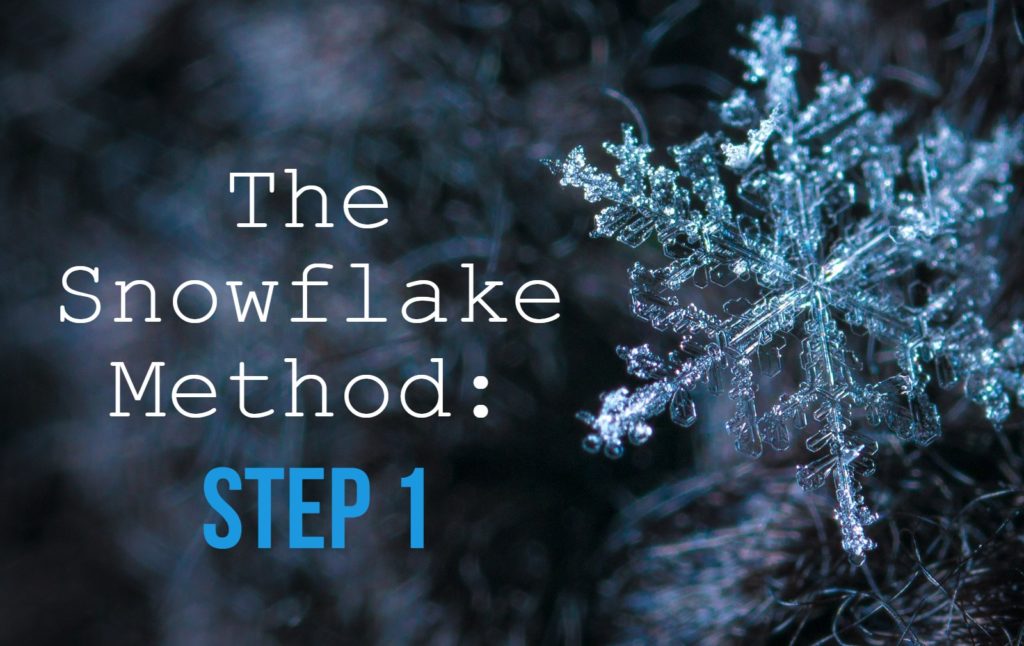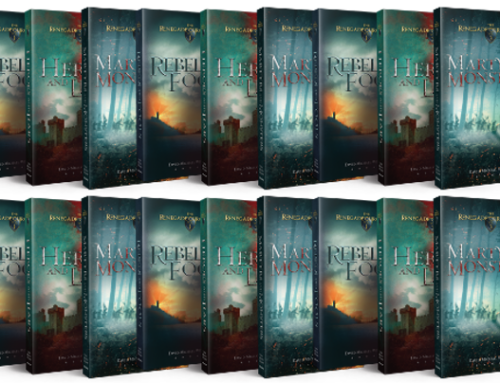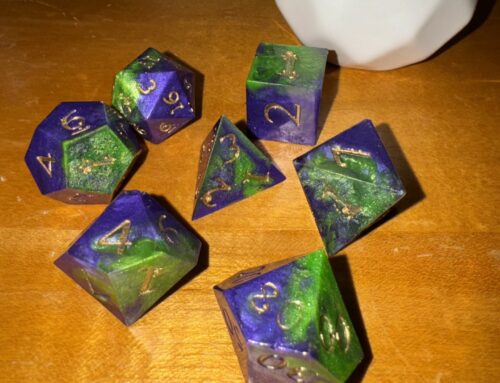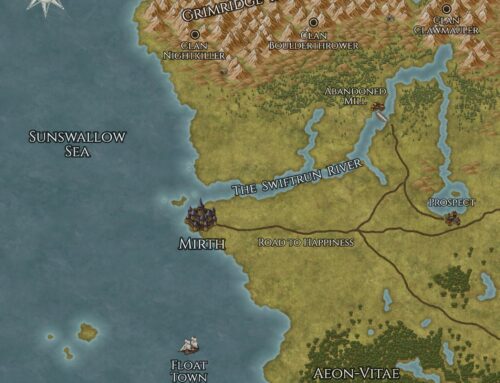
Step 1 of the Snowflake Method
If you missed last month’s blog post, here’s the TL;DR version:
- I got pretty far planning a new standalone novel, but the project fizzled.
- So I went back to an idea I had for a comic book (which had also fizzled).
- After further consideration, I decided to expand upon that premise and pursue a YA novel starring Sir Larpsalot and his friends.
- Then I stumbled upon Randy Ingermanson’s Snowflake Method for planning and writing novels and thought I’d give the process a shot.
What Randy recommends
Here’s an excerpt of the notes I jotted down while reading Mr. Ingermanson’s article about the Snowflake Method:
Step 1: Write a one-sentence summary of your novel.
- Example: “A rogue physicist travels back in time to kill the apostle Paul.”
- This will forever serve as a 10-second selling tool (e.g. elevator pitch, logline, etc.).
- Shorter is better; try fewer than 15 words.
- Tie together the big picture with a personal picture. Who stands to lose the most? What does he/she hope to win?
- Total time: 1 hour
What David did
Before we get into what I did, let’s talk a little about what I thought.
One hour to come up with a single sentence summarizing an entire novel?
GULP!
For past projects, I’ve spent days whittling down a book into an appropriate back-cover blurb. Granted, blurbs aren’t identical to loglines. Nevertheless, I was already nervous going in because I knew how grueling it can be to boil down a bunch of amazing ideas into a handful of words.
(For example, these 100 agonizing words.)
Now I was looking at 15 words to describe a book I hadn’t even written yet!
Well, it turns out that was a good thing.
If nothing else, I had far fewer competing ideas to clutter up my composition. As I mentioned last month, I had already done a bit of brainstorming for the characters and jotted down a very, very rudimentary plot.
Looking back at my notes from 4/4/19 (a handful of days before I attempted Step 1 of the Snowflake Method), I realize I already had something of a direction before me:
“Right now, I’m thinking of this story as Galaxy Quest meets D&D.”
While that notion didn’t quite satisfy the assignment, it did give me a decent jumping-off point for the exercise, which ended up looking like this (with today’s commentary in bold):
- Five teenagers learn that growing up isn’t all fun and games.
Way too broad. - When role-playing gets too real, five teens must depend on their wits and imagination to survive.
Still too broad…what does “too real” actually mean? - Five teen LARPers face their greatest battle yet: growing up.
There was potential with this one, but while “growing up” is a theme, it’s not really the crux of the plot. - When their LARPing group disbands, five teens learn that growing apart might mean never growing up.
Like Peter Pan? This attempt went way off base. - For five LARPers, growing up means growing apart, but an otherworldly power has other plans.
OK, at least we’re introducing some semblance of conflict, albeit vaguely. - For five LARPers, growing up means growing apart—until their RPG becomes too real.
This is just a rehash of what’s already been explored above. Come on, Williams! - Five estranged LARPers fight for their lives—without their powers—in a much-too-real fantasy world.
Getting closer… - When an otherworldly wizard mistakes LARPing for the real thing, five teens must use their imaginations like never before.
Now we’re talking. We have a clear setup, but “use their imaginations like never before” sounds lame. - When an otherworldly wizard mistakes LARPing for the real thing, five teens must keep up the act while searching for a way home.
Finally: a defined obstacle and a goal. - When a confused wizard captures teen LARPers, they must complete his quest to get back home.
A little better…more concise, at least. - A confused wizard summons five teenaged LARPers to his world to complete a hopeless quest.
Almost there…but I don’t like “hopeless.” - A confused wizard summons five teen LARPers to his fantasy world to complete an impossible quest.
Bingo!
Not too shabby for an hour’s work. In the months that followed, while completing subsequent steps of the Snowflake Method, I did some further tweaking to come up with a slightly bit more robust summary:
Five teen larpers must become the fantasy warriors they pretend to be when a confused wizard summons them to complete an impossible quest in another world.
So there you have it.
The next step
Step 2 of the Snowflake Method expands the one-sentence summary into a paragraph. Sounds easy enough.
Come back next month to discover what I came up with!



Have you ever thought about writing an ebook or guest authoring
on other blogs? I have a blog based on the same ideas you discuss
and would love to have you share some stories/information. I
know my viewers would value your work. If you’re even remotely interested,
feel free to send me an e-mail.
Yes and yes. 🙂
I’ll shoot you an email shortly!
Hmm…my email just bounced back, undeliverable. Is there another way I can contact you?